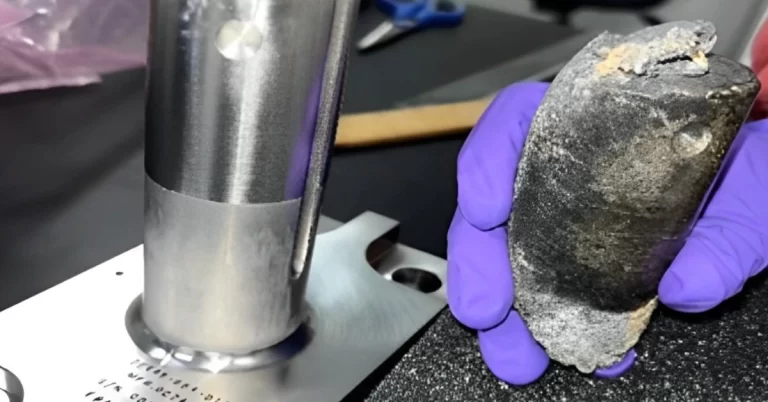Extremely rare gigantic jet captured from the International Space Station over Mexico and U.S. Southwest
An extremely rare gigantic jet, powerful bolt of upward lightning, was captured from the International Space Station as it soared above a thunderstorm over northern Mexico and the U.S. Southwest on July 3, 2025. The striking image, taken by NASA astronaut Nichole Vapor Ayers, shows the jet piercing into the ionosphere, offering a rare glimpse of one of Earth’s most elusive atmospheric phenomena.








